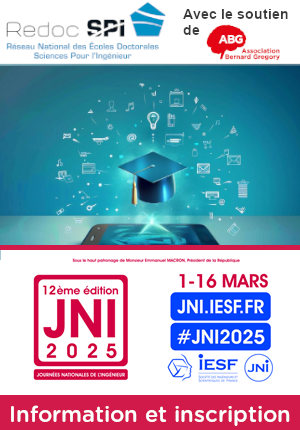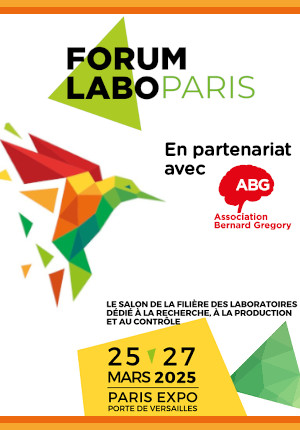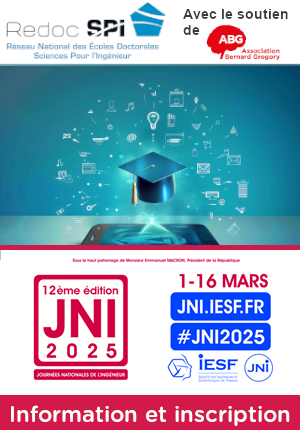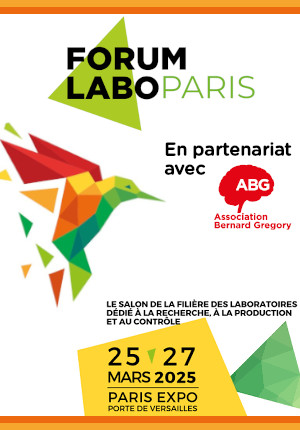Thermokinetic study of boron nitride precipitation in lead-free low-carbon steels
| ABG-128714 | Sujet de Thèse | |
| 18/02/2025 | Contrat doctoral |
- Matériaux
Description du sujet
Lead is present in small proportions in materials with improved machinability, such as steels, aluminum-based alloys and brass. It plays an essential role in facilitating the machinability of materials. In fact, it favors the splitting of metal chips, which limits machine stoppages caused by long chips tangles. Moreover, its low melting point enables it to form a lubricating film between the tool and the workpiece during machining, thereby reducing cutting forces and extending tool life. Since 2023, on the recommendation of the European Chemicals Agency (Echa), it has been one of the substances subject to authorization, in order to better protect human health and the environment against the risks associated with chemical substances. However, it appears difficult to find a unique solution that can be adapted to the different families of materials for substituting lead, or for new formulations. The aim of this work is to study the substitution of lead in low-carbon steels by hexagonal boron nitride (h-BN). More specifically, the thesis will study the precipitation of h-BN in low-carbon steels. The objectives of this thesis work are as follows: - Studying the nature and volume fractions of the nitrides formed, the presence of any secondary phases, and the content of B in solid solution in the metal matrix and - Elucidate the saturation effect of the phase fraction, observed in previous studies (ArcelorMittal internal study). First, the study will focus on model grades (C15, C45), then on commercial samples with carbon contents close to those of the model alloys. Given the very low B and N contents targeted (below 80 and 140 ppm respectively), the precipitation phenomena will be accentuated by the addition of B, and the addition of nitride-forming alloying elements such as Al and Ti. Secondly, samples with gradients in B and N composition will be prepared using the combinatorial methodology developed at SIMaP laboratory. The possibility of combining these two types of gradient on the same sample opens up the possibility of rapid mapping of the composition space. The implementation of the work will be based on a bibliographical study and preliminary thermodynamic calculations, which will provide theoretical support for the analysis of precipitation phenomena and, in turn, guide precipitation conditions (post-lamination annealing, thermo-chemical treatments). Characterization techniques such as scanning electron microscopy (SEM), Castaing microprobe (EPMA), transmission electron microscopy (TEM), tomographic atom probe will be used, as well as mechanical tests (hardness tests) and machining tests.
Nature du financement
Précisions sur le financement
Présentation établissement et labo d'accueil
The laboratory brings together physicists, mechanists and chemists of materials and fluids to work on objectives relating to the design and development of materials and processes.
3 main areas of research
Process development
Relationship between microstructure and architecture - properties
Durability of materials
Specificities
Research is carried out within an experimental framework covering development, processes and characterisation, as well as within a theoretical framework with simulations and modelling, covering almost all scales of space and time.
In situ characterisation (at temperature, in a field, under stress)
Coupling of property measurements (mechanical-electrical-chemical)
Synchrotron practice on low- and high-energy lines
Profil du candidat
Masters or engineers specializing in “Materials Science” and/or “Materials Chemistry” and/or “Materials Physics”, with a solid background in thermodynamics and physical metallurgy. The candidate should have a strong interest in experimental approaches and characterization techniques at different scales.
Vous avez déjà un compte ?
Nouvel utilisateur ?
Vous souhaitez recevoir nos infolettres ?
Découvrez nos adhérents
 Groupe AFNOR - Association française de normalisation
Groupe AFNOR - Association française de normalisation  Institut de Radioprotection et de Sureté Nucléaire - IRSN - Siège
Institut de Radioprotection et de Sureté Nucléaire - IRSN - Siège  ADEME
ADEME  MabDesign
MabDesign  Ifremer
Ifremer  ANRT
ANRT  Nokia Bell Labs France
Nokia Bell Labs France  Institut Sup'biotech de Paris
Institut Sup'biotech de Paris  SUEZ
SUEZ  Aérocentre, Pôle d'excellence régional
Aérocentre, Pôle d'excellence régional  TotalEnergies
TotalEnergies  Laboratoire National de Métrologie et d'Essais - LNE
Laboratoire National de Métrologie et d'Essais - LNE  MabDesign
MabDesign  Tecknowmetrix
Tecknowmetrix  ONERA - The French Aerospace Lab
ONERA - The French Aerospace Lab  CASDEN
CASDEN  PhDOOC
PhDOOC  Généthon
Généthon  CESI
CESI










